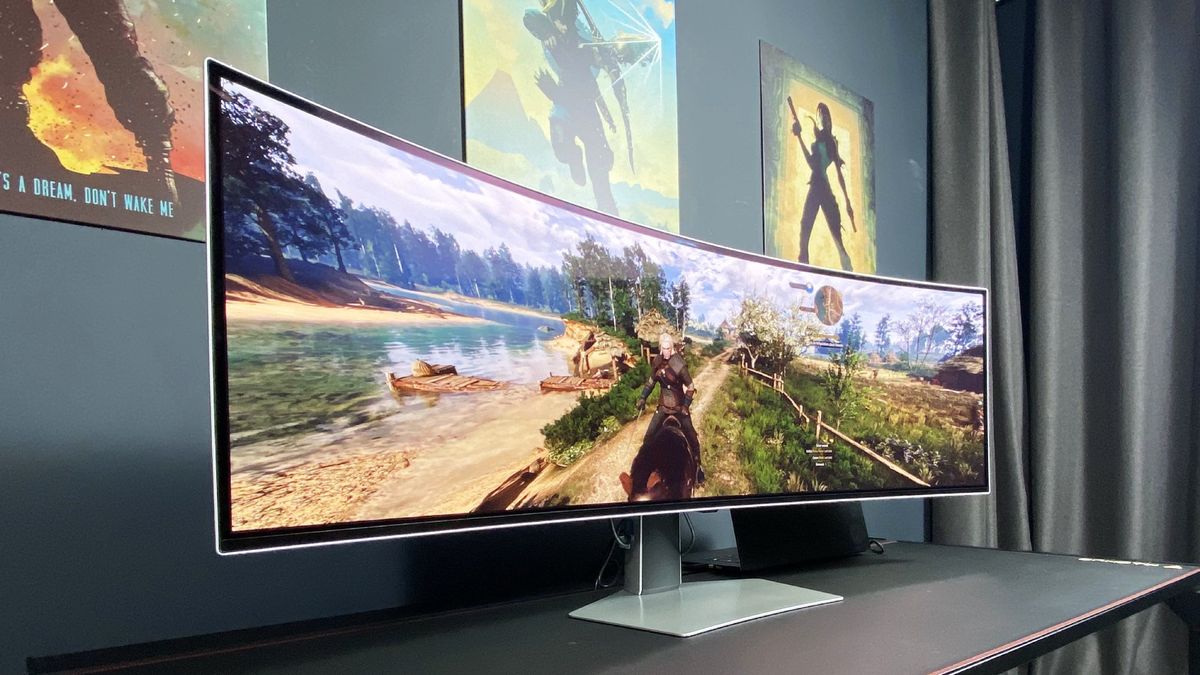Was the preferred look of RTX HDR over AutoHDR actually just a bug?
From latest drivers Fixed Bugs section
From latest drivers Fixed Bugs section
RTX HDR uses saturation and tone curve that matches Gamma 2.0 instead of 2.2



